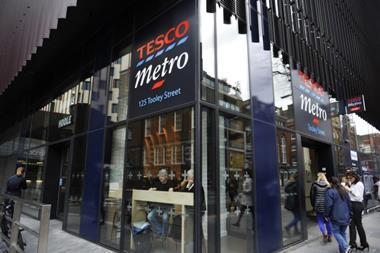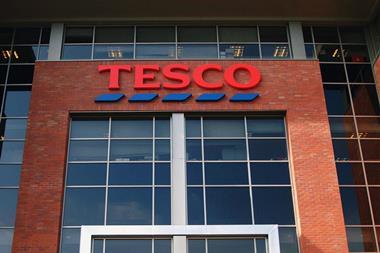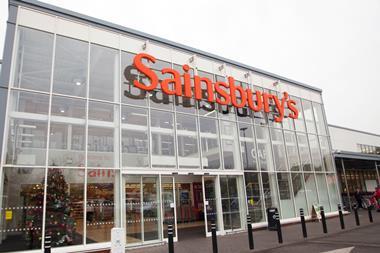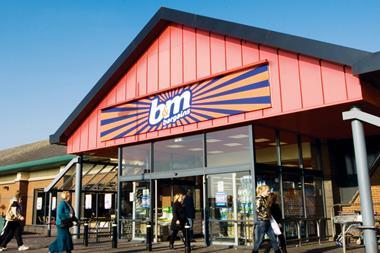With Tesco, Sainsbury’s and M&S all set to report declining sales again this week, the food retailers would be forgiven for fearing this year looks just as grim as 2014.
There is likely to be much media gnashing of teeth over the latest sales slump, given it encompasses the crucial Christmas period and the travails of the supermarket were last year’s top business story.
So far 2015 is sticking with last year’s downbeat playbook – already the Financial Times has splashed on the “billions” of property write-downs awaiting the supermarkets and Asda boss Andy Clarke predicted the year will be “equally as challenging”.
Tesco is widely tipped to report a loss on UK trading for the second half of its trading year to February. But behind this headline-grabbing figure there also look likely to be green shoots of progress that could mark this week as a crucial turning point for the beleaguered retailer.
Consensus estimates put Tesco’s like-for-like sales decline at around 5% for the quarter ending 30 November, while Sainsbury’s is expected to be around 2.5%-3% down for the third quarter. M&S is likely to also report falling sales over the Christmas period, but this will be driven by a 3% decline in general merchandise as food sales edged up by around 1%.
While those figures represent little quarter-on-quarter change for Sainsbury’s, a 5% like-for-like quarterly fall for Tesco would represent a marginal improvement on its 5.4% second quarter sales fall.
More importantly, Tesco’s like-for-like sales fall is expected to show a markedly improved trend for the six-week Christmas trading period.
HSBC analyst Dave McCarthy said today he expected Tesco’s Christmas sales to have declined by 2.5% year-on-year, which would constitute “a step-change in momentum”. As well as the indication that Tesco’s sales decline shows signs of being arrested, more specifically this would suggest that Dave Lewis’ strategic decisions are also having an impact – as the better figure coincides with more competitive pricing and more staff on the shop floor.
McCarthy expects this momentum change to continue throughout 2015 as Tesco begins to benefit from easier comparatives (unlike Sainsbury’s, Tesco’s sales were already under pressure early in 2014) and the impact of the change in management and focus.
On Thursday, Lewis will for the first time lay out some specifics in terms of strategic direction. Tesco’s awful second half of 2014 gives him the autonomy to perform a sort of strategic reset, allowing him to announce cost cutting and sell-offs without shocking the market. On Thursday Lewis can draw a line under the past and start the process of a renewing the Tesco brand.
There are also two other trends that could support Tesco – and the other traditional grocers – in 2015.
Firstly, the intense pressure on margins (which essentially caused the Tesco accounting scandal) should be eased by the continued fall in input costs. While this is coupled with the widespread food price deflation that has helped constrain sales, it should mean sales volumes rise as pressure begins to ease on UK consumers.
Secondly, as The Grocer has previously explored, there are signs that the huge market share gains made by the discounters are starting to plateau. HSBC’s McCarthy wrote today: “Increased price competitiveness from the mainstream players is reducing the discounters’ price advantage, while growth in discretionary and disposable incomes is further reducing discounters’ relative attractiveness”.
Of course, this would not be the first time that light at the end of the tunnel for the supermarkets has turned out to be an incoming train – and certainly a Tesco recovery would pose more problems for the other ’big four’ players.
But any signs of positive momentum will be a shot in the arm to an industry desperately in need of a scrap of optimism to start the year.















No comments yet